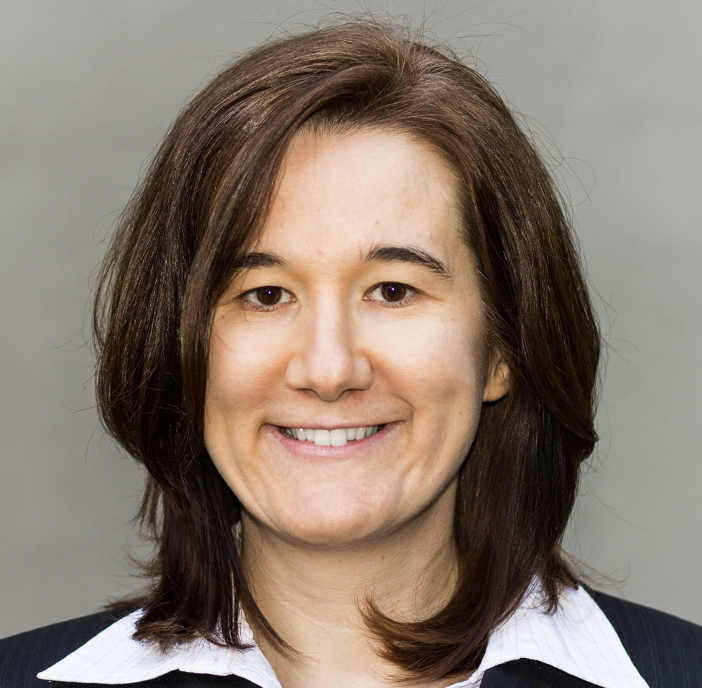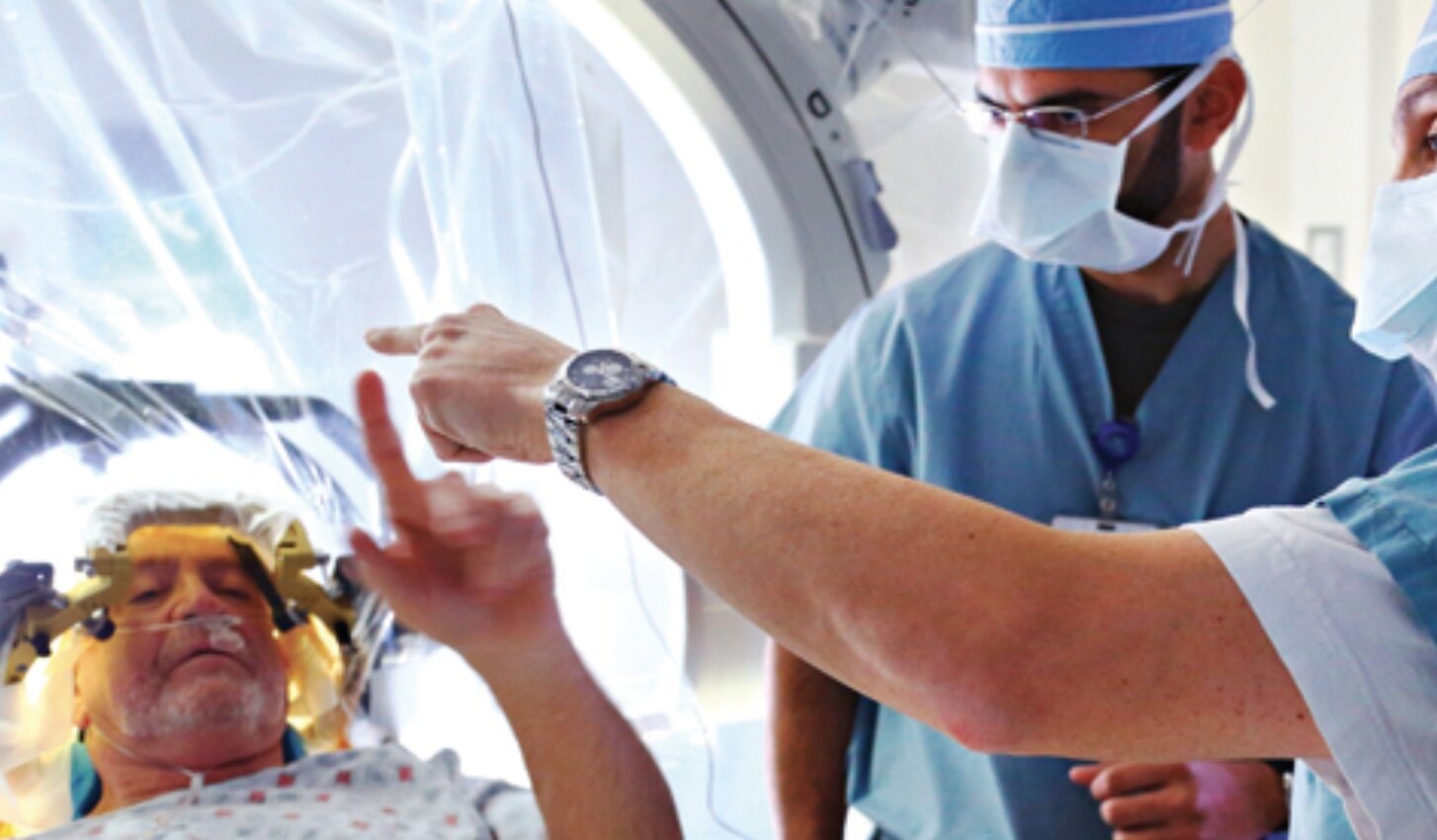Thinking of surgery for Parkinson's: Directional, adaptive, asleep or focused ultrasound technologies
When we think of surgery for Parkinson’s, these days the decision is more than a binary yes or no. There are many questions which persons with Parkinson’s should be asking. We picked the brain of one of the experts, Dr. Svjetlana Miocinovic at Emory University. She shared with us 4 important areas to consider including directional stimulation, adaptive stimulation, asleep DBS and focused ultrasound.
Who is Svjetlana Miocinovic?
Svjetlana Miocinovic is a board-certified neurologist specializing in Parkinson’s disease, dystonia, tremor and other movement disorders. She graduated from medical school in 2009 at Case Western Reserve University (Cleveland, Ohio) where she also obtained a PhD in biomedical engineering. She completed neurology residency and clinical movement disorders fellowship at University of Texas Southwestern Medical Center (Dallas, Texas). Her post-doctoral training and clinical research fellowship was at the University of California San Francisco Movement Disorder and Neuromodulation Center. She was awarded American Brain Foundation and Dystonia Medical Research Foundation grants to study electrophysiology of movement disorders and the effects of deep brain stimulation (DBS) on the basal ganglia and cortical circuitry. In 2016, she moved to Emory to become an Assistant Professor in the Department of Neurology, Movement Disorders Section. She received NIH K23 grant to study targeted activation of neural pathways during DBS in Parkinson’s disease. In 2021, she became an investigator with Emory's Udall Parkinson's Disease Research Center. The research focus of her laboratory is on electrophysiology of human motor and non-motor circuits, and development of new device-based therapies. Her clinical focus is on delivering expert patient care and using DBS to treat movement disorders.
What is deep brain stimulation (DBS)?
Deep brain stimulation (DBS) is a surgical treatment for Parkinson’s disease (PD) when medications do not reliably improve motor function. The device acts as a pacemaker for the brain. DBS system consists of two electrodes (stimulation wires) that are implanted into brain regions responsible for motor function (one on each side of the brain), a pulse generator implanted in the chest and an extension cable that connects the electrodes to the generator (under the skin). The generator sends continuous brief electrical pulses that normalize brain activity and reduce motor symptoms of PD such as tremor, slowness, stiffness and involuntary movements (dyskinesia). The procedure does not stop or slow down PD, and continued use of medications is typically necessary.
What is ‘directional’ DBS?
Dr. Zhang and Tagliati published this paper open access in Frontiers on directional DBS.
Directional refers to a new type of DBS brain electrode that includes segmented contacts that can shape electrical stimulation field more precisely. Traditional DBS electrodes have 4 metal rings (contacts) that send stimulation current evenly in all directions. With directional electrodes, the metal ring is split into 3 segments each of which can be turned on or off to steer the current toward target areas and away from undesired regions that may cause side effects.
What is ‘adaptive’ DBS?
Adaptive DBS refers to stimulation that can be adjusted in real time (on the fly) depending on person’s current symptoms. With traditional DBS, stimulation settings are manually adjusted by the clinician (or the patient using their home programmer) and stimulation is on continuously at those settings. With adaptive DBS, there is a control signal that tells the pulse generator how to automatically adjust the settings. There are different possible control signals, for example, brain activity signature of parkinsonism (also known as ‘beta power’) or external sensors that can monitor tremor and other involuntary movements. Adaptive DBS is still being researched and is not yet available clinically.
What is ‘asleep’ DBS?
Asleep DBS means that a patient is under generalized anesthesia for the entire duration of DBS surgery. DBS is traditionally performed in the ‘awake’ state meaning that the patient is under sedation for skull drilling and then woken up to record brain activity and test stimulation to make sure that the DBS electrode is in the best target area. In asleep DBS, the entire surgery is performed inside an MRI scanner and instead of brain activity monitoring and clinical testing, the surgeon checks electrode placement by taking repeated MRI scans. In experienced DBS centers, clinical outcomes are largely comparable between ‘awake’ and ‘asleep’ surgery. The pros and cons of each procedure type are patient-specific and should be discussed with the patient’s DBS team.
What is focused ultrasound and how does it
compare to DBS?
Jeff Elias and his team at UVA performing a focused ultrasound operation published in a recent story from UVA.
Focused ultrasound (FUS) is a neurosurgical procedure where a thermal lesion (a heat scar) is created in the motor brain region using high-energy sound waves. The same brain area is targeted as in DBS surgery and the same motor symptoms of PD are treated (tremor, slowness, stiffness, dyskinesia). The advantage of FUS over DBS is that no incision or skull drilling is required. Additionally, there are fewer follow up visits since there is no generator that needs to be programmed or battery that needs to be charged or replaced. The downside is that only one side of the body can be treated (lesions in both sides of the brain can often cause side effects), and the lesion has to be placed with great precision as it is permanent (DBS on the other hand is adjustable both in terms of electrode position and stimulation settings). FUS is a relatively new procedure and has shown to be beneficial for tremor. Clinical studies for treatment of PD are ongoing.
To read more books and articles by Michael S. Okun MD check on Twitter @MichaelOkun and these websites with blogs and information on his books and http://parkinsonsecrets.com/ #Livingwith Parkinson’s #EndingPD #Parkinsonsecrets #LessonsFromTheBedside
He also serves as the Medical Advisor for the Parkinson’s Foundation.
To see more on Dr. Indu Subramanian she does live interviews of experts in Parkinson’s for the PMD Alliance.
The blog artist is Jonny Acheson.









